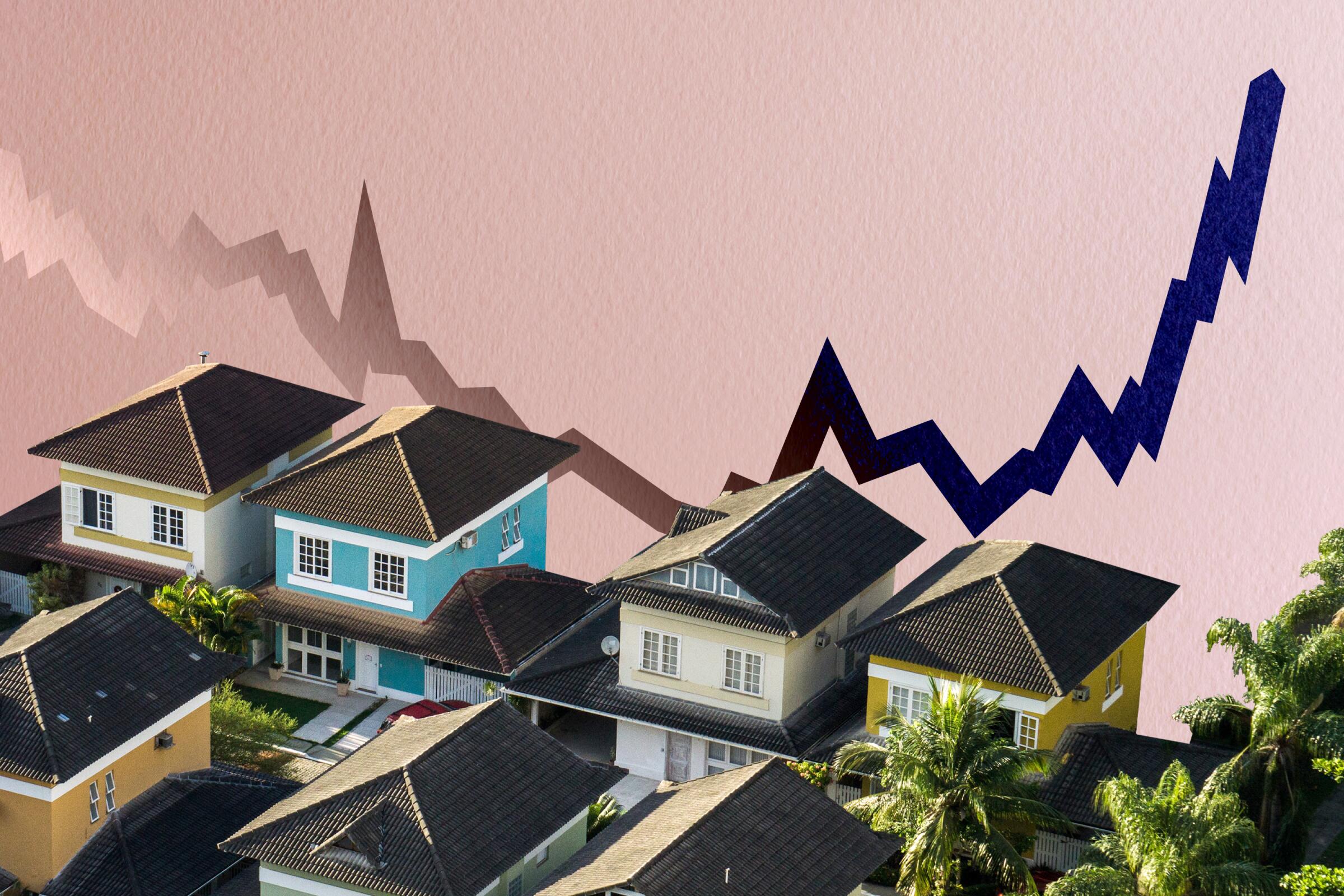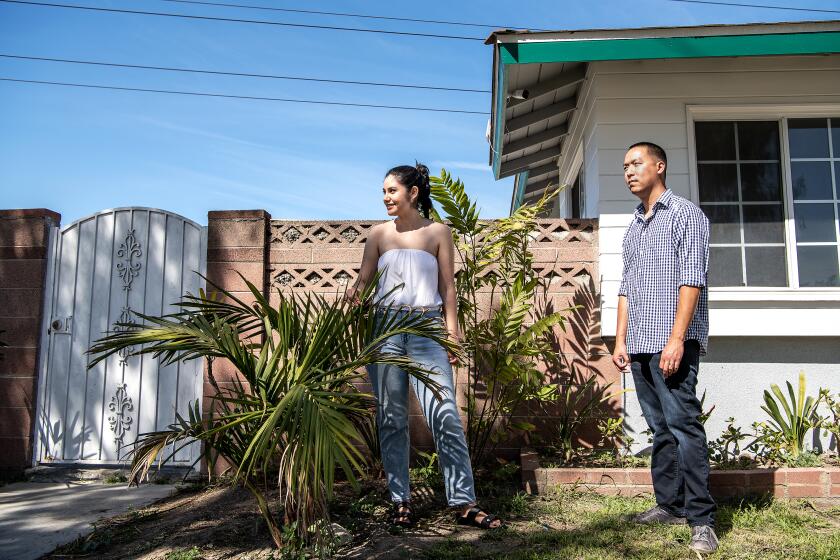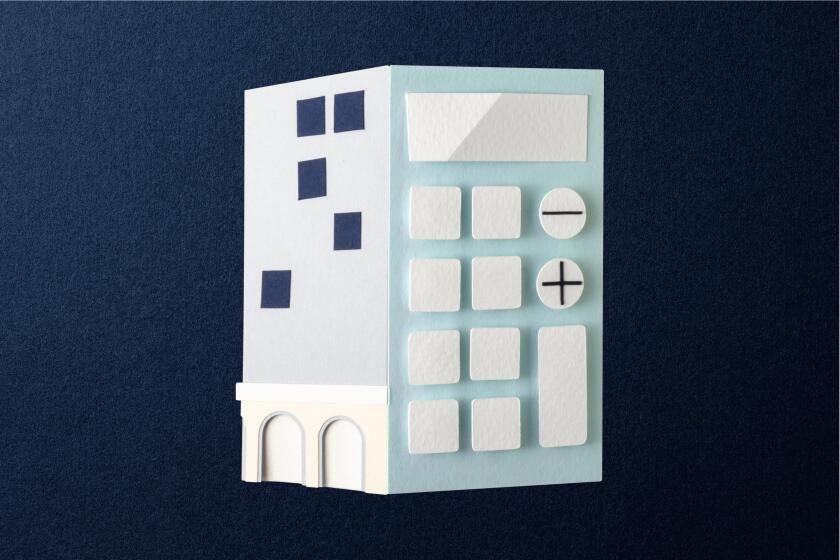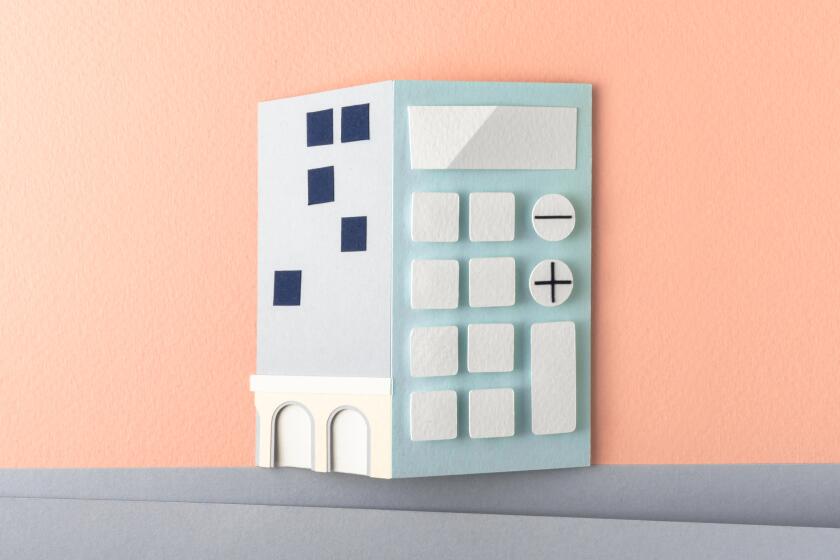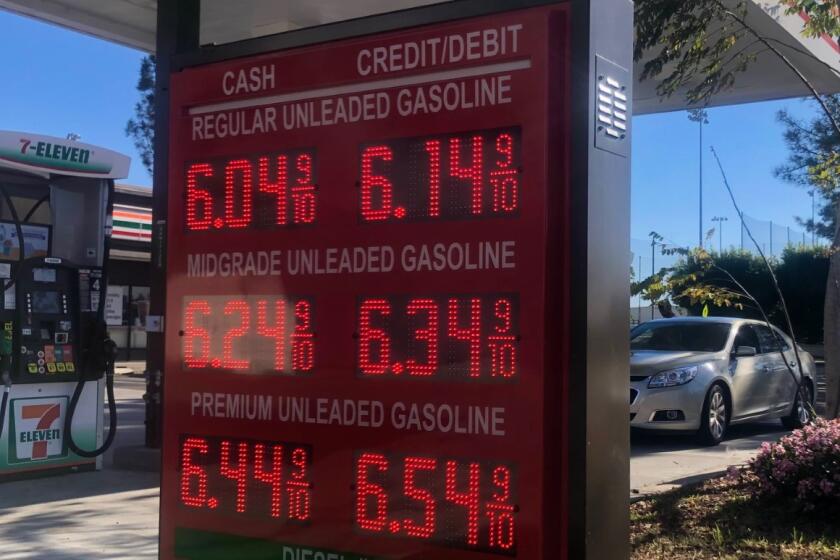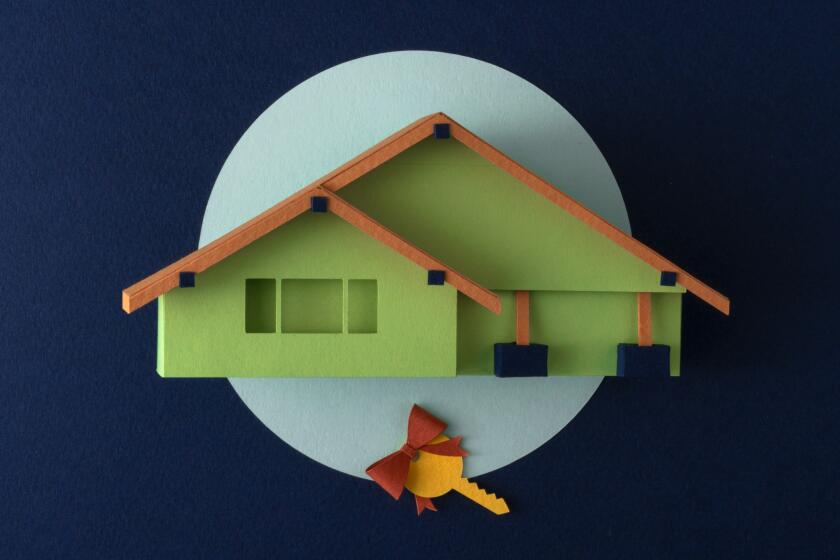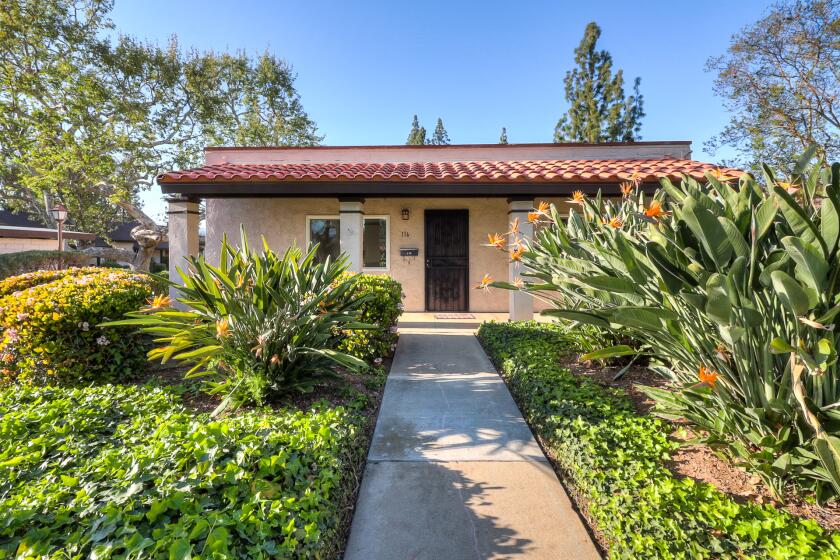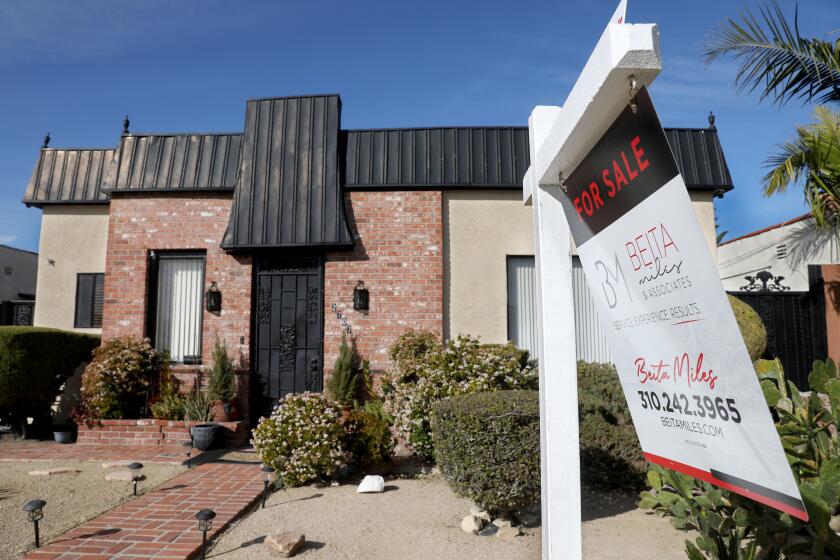For a decade, rock bottom mortgage rates helped home buyers steadily bid up the cost of housing. That includes the last few years, during the pandemic, when rates fell to unheard-of levels and home prices exploded across Southern California and the nation.
Now, things are changing.
Mortgage interest rates are rising fast, hitting 5% last week for the first time since 2011, according to a widely watched gauge from Freddie Mac. Just six weeks ago, average rates for a 30-year fixed mortgage were under 4%. In November, they were below 3%.
The swift rise, on top of soaring prices, has made homeownership suddenly more expensive. So, if people can afford less, are home prices about to fall?
Several top real estate experts said they don’t foresee price declines — at least meaningful ones — absent a recession. Prices are most likely going to continue to climb, but in smaller increments than Southern California’s current 17% annual rate.
Economists and other experts pointed to several factors that should largely uphold home values: a severe shortage of homes for sale, rising incomes, falling unemployment and — in plain language — a tendency for homeowners to be greedy.
“A lot of times people go, ‘Well, if I can’t get the price my neighbor got, I am not going to sell,’” said Bill McBride, author of the financial blog Calculated Risk who famously called the housing crash two decades ago.
In the past, sharp rises in mortgage rates have slowed home price growth, and experts said higher rates should have the same effect this time around as well.
The simple reason is people can afford less, and this is starting to show. Industry professionals report fewer people at open houses, fewer multiple offers per home and fewer mortgage applications.
“It’s cooled quite significantly,” said John Underwood, who manages a team of Redfin agents in the San Fernando, San Gabriel and Conejo valleys.
While it’s still solidly a sellers’ market, Underwood said houses that just a few months ago might have gotten 15 or 20 offers now get five or six. It’s become harder for sellers to make special demands, including that prospective buyers waive loan and appraisal contingencies that let buyers back out if a problem arises.
Agent Randy Conrad, who works throughout L.A. County, said he’s seen a few deals fall out of escrow because buyers didn’t lock their rates and could no longer afford the home when borrowing costs jumped.
Cooling demand hasn’t yet translated into a slowdown in what homes are selling for, according to the latest available data.
The median home price across the six-county Southern California region rose 16.7% in March from a year earlier, to $735,000, according to data published Wednesday by the research firm DQNews.
That’s slightly faster than the 15.4% year-over-year gain posted in February. In Orange County, the March median price soared 22% and topped $1 million, the first time the median price in any Southern California county has crossed the million-dollar mark.
The March data reflect closed sales; many of those buyers opened escrow in February, when rates were rising but were still more than a percentage point below rates today. A more up-to-date view on the direction of the market can come from looking at price cuts.
Michael Simonsen, founder of Altos Research, said that the number of sellers trimming their asking prices is still way less than normal. But price cuts are becoming more common at a time of the year when they usually decline or don’t rise much at all.
In the city of Los Angeles, 17.5% of listings had a price cut as of April 8, up from 14% on March 11, according to Altos figures.
“Last year, when the market was hot, [price cuts] were declining notably week over week,” Simonsen said.
